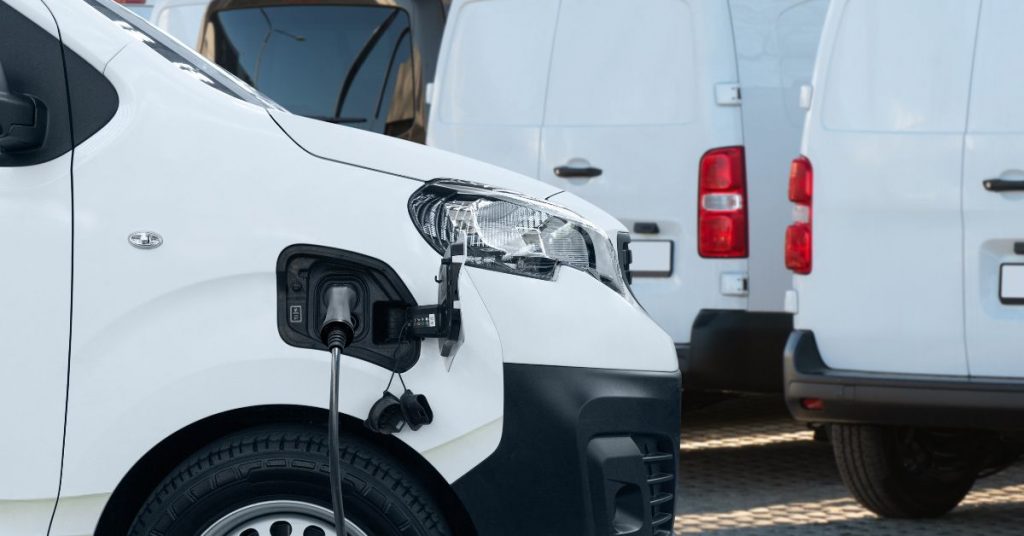
The UK’s fast-growing electric vehicle market presents challenges and opportunities for the public and private sector alike. While EV adoption is technically unconstrained, with vehicle production adequately meeting demand, the demand for robust and accessible charging infrastructure is becoming increasingly critical.
The lack of sufficient public charging points in some areas — an issue exacerbated during peak travel periods — has led to the coining of a new phrase: “charger anxiety”, which is rapidly replacing “range anxiety” as a source of stress for EV owners. But adding more public chargers isn’t the only solution to the problem — in fact, the future of EV charging lies in a decentralised approach incorporating dedicated home and commercial charge points.
Assessing the current state of play
The UK’s current EV charging infrastructure includes a range of public, domestic, workplace, and depot charging solutions. While this network is continually expanding, a number of challenges remain — including unequal distribution of public charging availability by region, the cost of public charging services which in some cases rivals the price at the petrol pump, and the reliability of the infrastructure already in place.
Workplace charging is gaining momentum, but further investment is needed to meet the growing demand — and larger-scale depot charging for commercial fleets is in its early stages, still requiring significant infrastructure development. On a positive note, however, various UK government initiatives including installation grants are smoothing the path for businesses looking to implement EV charging — either for purely internal use or as part of a commercial model.
How consumer behaviour is shaping the future of EV charging
As electric vehicle use has matured in the UK, the way that EV owners approach the problem of charging has evolved alongside it. Initially, the supercharger model — pioneered in the USA by Tesla — sought to replicate the “petrol station” concept, with ultra-rapid chargers situated on major routes allowing drivers to charge their vehicle in under an hour. EV owners could then rely on a plugpoint connection to trickle charge their vehicle at home, ensuring enough range to travel to a charging point if needed.
Today though, EV owners make the majority of their journeys within a short to medium distance of their home — commuting, doing school runs, shopping or pursuing leisure activities. Having a network of chargers closer to (or at) home is therefore becoming more of a priority.
Local authorities across the UK have responded, with varying levels of success, introducing public chargers at on-street parking bays or municipal carparks. However, this still requires owners to leave their car in a parking bay for a set period of time — less than convenient for the owner, and far from ideal for congested town and city centres where parking is already at a premium.
The opportunity for businesses: commercial charging
This presents an opportunity for businesses to offer their own commercial charging solutions at locations where people are already parking for extended periods, such as malls, supermarkets, hospitality and office buildings — by installing either high-output AC chargers or superfast DC chargers. At a structural level, the result is new nodes added to the nationwide charging network, without the need for new development or land use.
It’s a win-win commercially — taking advantage of government incentives to invest in infrastructure which can both add value for employees or customers, as well as opening up new revenue streams by providing charging services to the public at large. And in combination with other initiatives such as integrating renewable energy through wind or solar PV generation, it has the potential to be highly profitable, particularly for first movers.
Future-proofing your business with EV charging
To take advantage of this opportunity, a forward-thinking approach to EV charging infrastructure is essential. Scalability and flexibility are key considerations for any organisation, ensuring charging solutions can adapt to future growth in EV adoption — but different factors may come in to play depending on the specific business model.
Interoperability — If a business plans to offer public charging services, then having the right cables and connections for as wide a range of vehicle makes and models is crucial — whereas for a fleet charging setup where all vehicles use the same connections, this may not be as important a consideration.
Capacity — the type of charging required by most users will inform the choice of charger. For example, at a cinema chain where most visitors will be parked for two or three hours, 22kW AC chargers can provide a substantial charge. For a fast food location, where visit times are 30 minutes or less, ultra-rapid 200kW chargers may be more appropriate, allowing EV users to add significant range in a shorter timeframe.
Security — security measures required will depend on the level of public access. In a secure parking facility only accessible by employees, open charging points are unlikely to be abused. In more public locations where businesses need to distinguish between complimentary charging for customers versus paid charging for other users, an app-based system which allows approved users free access while billing others will be required.
Embracing the EV revolution
The future of EV charging infrastructure in the UK is dynamic and full of potential. Forward-looking businesses have a unique opportunity to take an active role in shaping it — while capitalising on the opportunities presented by the accelerating transition to electric mobility.
At HUMAX, we partner with businesses of all shapes and sizes to develop robust, accessible, and future-proof charging solutions, empowering them not only to support their own operational needs but also to commercialise their new infrastructure — while contributing to a more sustainable and efficient transportation system nationwide. Talk to one of our advisers today to explore the technology, infrastructure and funding options available.


